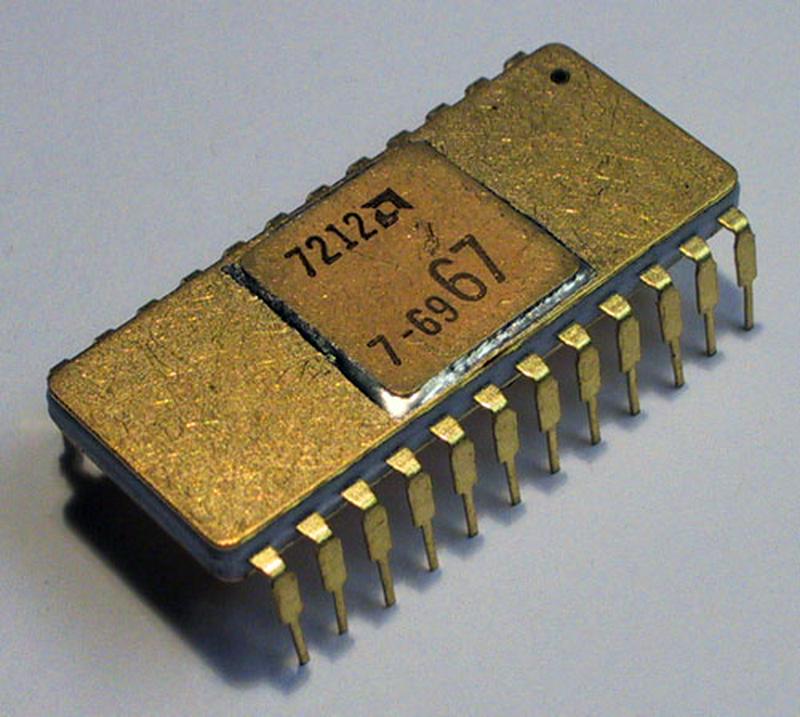Crazy Scientific Revelations Founded In The Groovy Era
By | November 29, 2016
Among the many funky inventions that came about during the 60s and 70s, the continued research and development of the personal computer was the most important. This time period marked the transition to the digital age. It saw a new spike in popularity of science fiction and a world of bright or even dark possibilities emerged.
As these advancements started to emerge, people began to take notice. The computer language Basic, the building blocks for all modern computers, reared its head on an early May morning in 1964 which served to make development markedly easier. The ability to interact with these same machines became more intuitive with the invention of the computer mouse in 68. Later in that same year creatives took notice; author, Philip K. Dick, penned the most defining work of modern science fiction, “Do Androids Dream of Electric Sheep?”.

This novel captured the cultural shift to a digital age. Dick weaved a gritty dystopian world where computer and robotic technology advanced so far that androids walked among people and were indistinguishable from humanity. This work also had elements of space travel and settlements on Mars. It seemed to be able to condense all the technological craze of the last decade and the next into a zesty mix. This out there hybrid of both space travel and computer integrated society served as the backbone for science fiction for the rest of the century, with clear homages to his visionary style still seen clearly today.

The love for these digital machines continued to shape the face of literature and movies. Just like Philip K. Dick, people concurrently dreamed of a brilliant neon world of ones and zeros where anything is possible, but that same world was always on the precipice of nuclear extermination. These crazy worlds that were dreamed up could also be seen in the films of the time, like the original “Westworld” movie (1973), the dystopic “Logan’s Run” (1976), or even the chaotic “Mad Max” (1979).
This shift to the digital age caused by the innovation during the 60s and 70s had its rocky beginnings, and the transition was anything but smooth. Many of the creatives had their own twisted imaginings of the brave new world yet to come, yet even under the grime of the most gritty dystopian future plastered on the silver screen, a bright gleam of hope shone through and people were ready to accept this new digital world.
